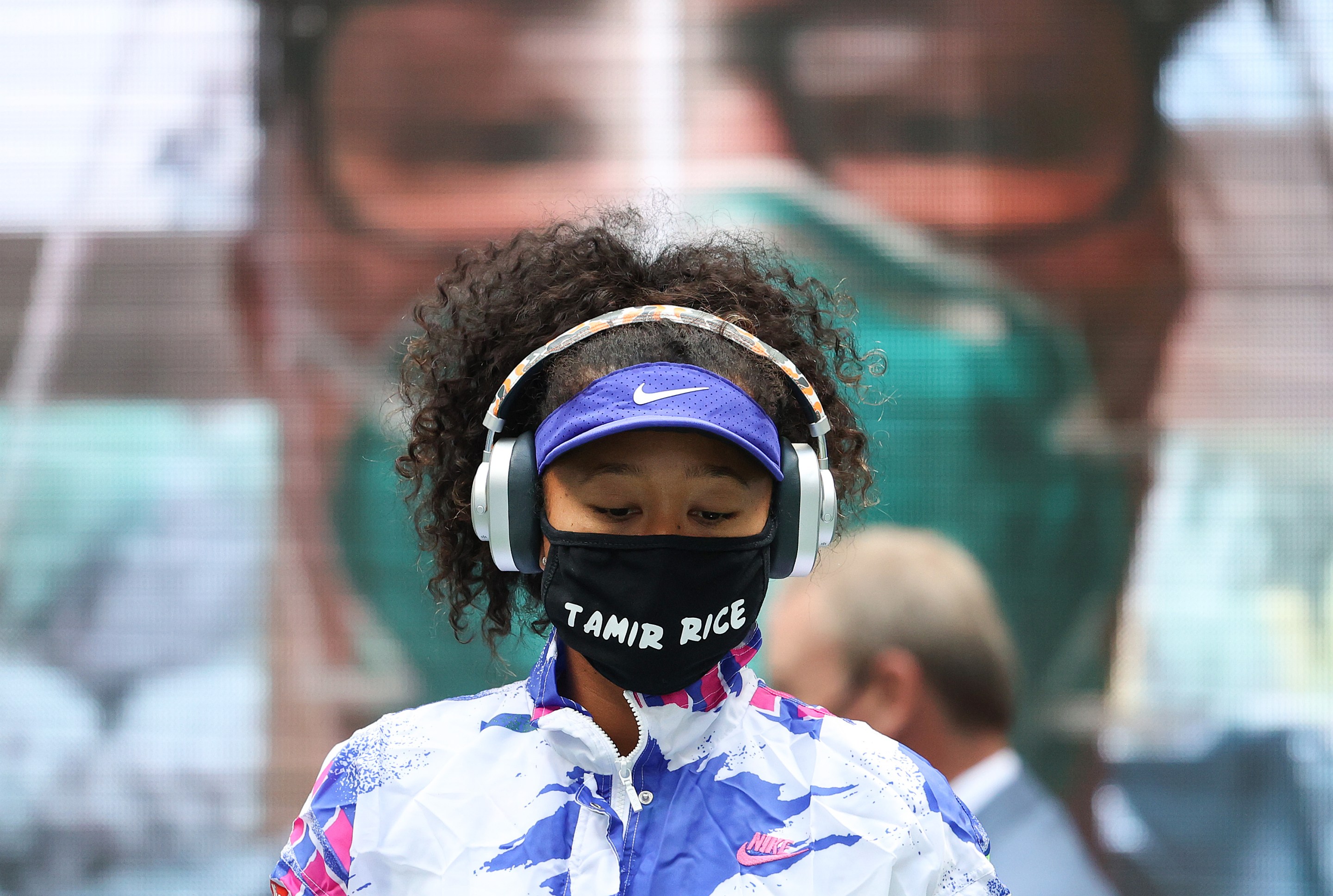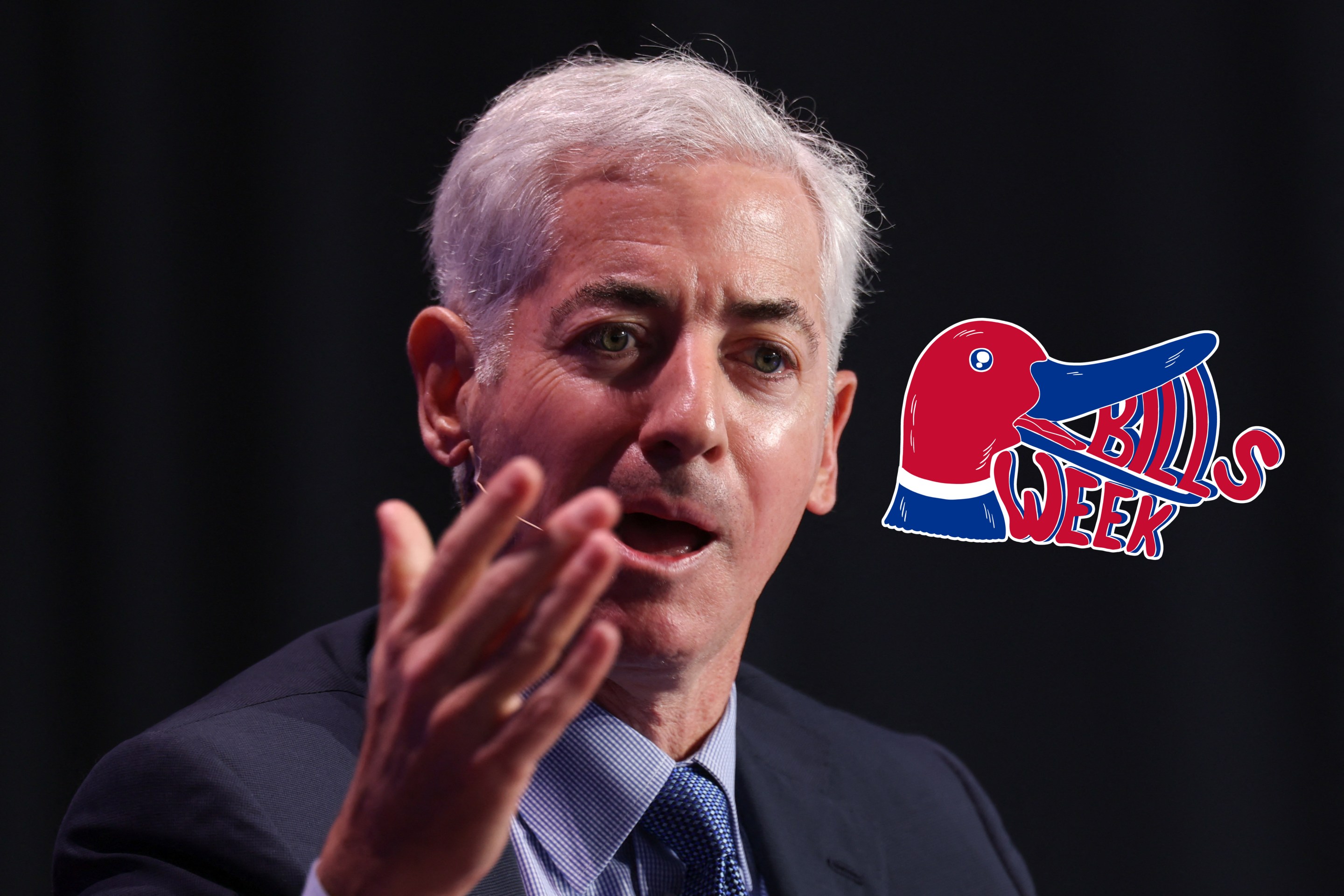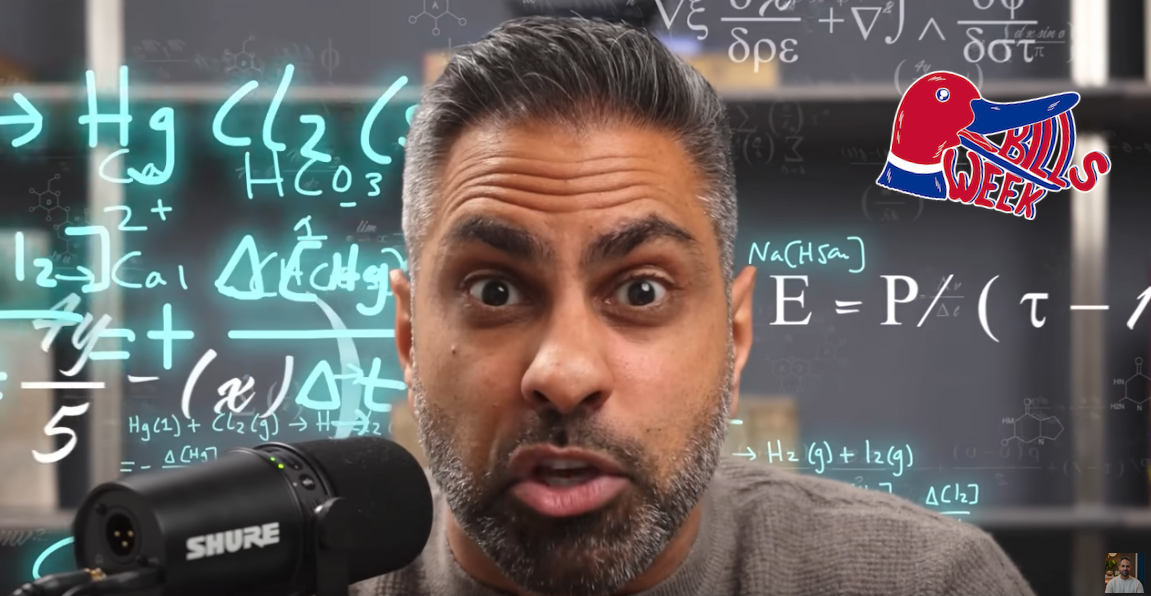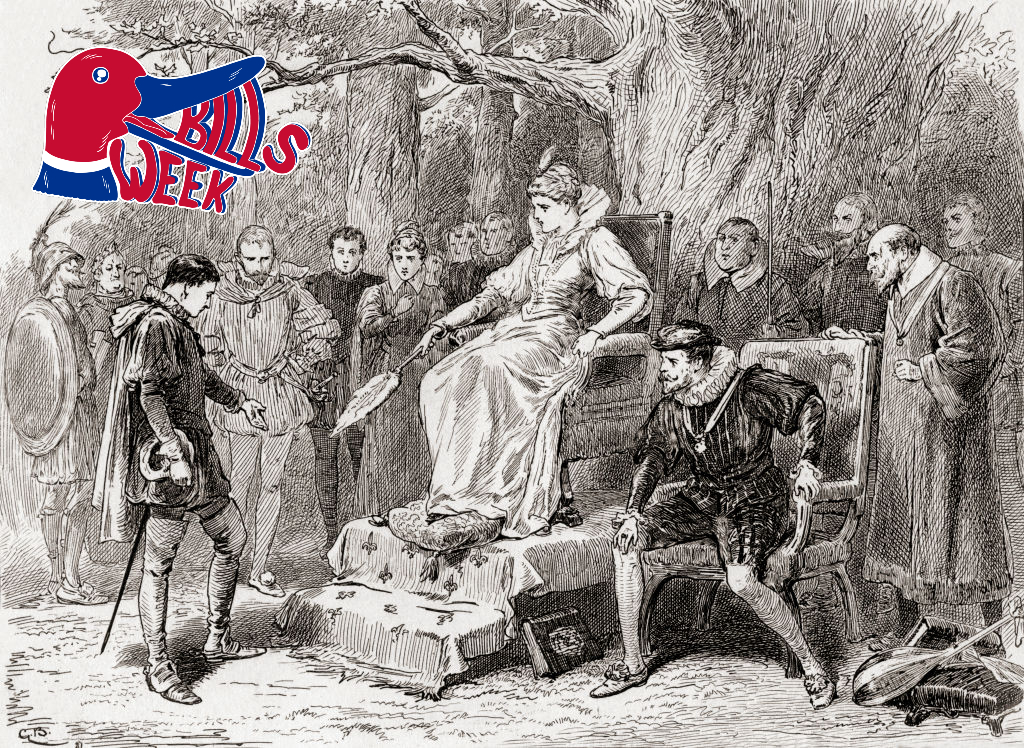By playing two weeks of tennis at the U.S. Open, Naomi Osaka had Japanese news stations discussing individual instances of American police brutality. She is already the most famous athlete in Japan, the country she plays for, and a rising pop cultural figure in the U.S., the country she lives in. With three major titles at the age of 22, international appeal, and endless endorsements, she is a marketing boon for a sport that could really use one, as mononyms Serena and Roger begin to age out.
In that regard, there's really no pick on either tour as clear as Osaka, the only tennis player under 25 with this kind of résumé and platform. It's worth taking a broader view of the tournament she won on Saturday, which saw the bulk of its quality matches in the women's draw. Thursday night's pair of semifinals—a three-setter between Osaka and Jen Brady, another three-setter between Serena Williams and Victoria Azarenka—marked the single highest-quality night of tennis at a major that I can remember. Young players like Karolina Muchova, Maria Sakkari, and Sofia Kenin (who won her own major this year) all made deep runs as well.
On the men's side, the most influential event had nothing to do with the action on court: the foundation of the Professional Tennis Players Association, which explicitly does not identify itself as a union to skirt laws that ban independent contractors from assembling as such. Their aims are to increase player agency in big decisions generally made without transparency, present a more unified front to the myriad corporate interests that compose the tour, and grab a bigger chunk of the player-generated revenue from tournaments. A year ago, I spoke to lead organizer Vasek Pospisil; at that time he was already carrying around a sheet bearing the majority of signatures of the top 100 players on the men's tour. That many of those players were stuck inside a bubble together, under stringent regulations, must have catalyzed their announcement.
With its August 28 announcement in the first week of the Open, the PTPA immediately became one of the more radical attempts to organize in decades, but it made one tactical mistake by leaving out women. The idea of merging the two tours has been bandied around this year by players as prominent as Roger Federer and Rafael Nadal. While a joint players association is a distinct proposition from a joint tour, it would be a concrete step toward that broader goal of consolidation. (For the record, both Federer and Nadal spoke against the formation of the PTPA. Novak Djokovic, along with Pospisil, is a lead organizer of the movement.)
There's also the calculus of financial self-interest. For any young male players who have material interest in keeping eyeballs on tennis over the next decade or so, it would be prudent to try and get the sport's young international superstar inside their tent. (Especially prudent when you consider the quality of their own offering during finals weekend.) In July I spoke with Mark Ein, the tournament director at the Citi Open in Washington, D.C., and he outlined some of the perks of selling a unified tour.
"[Tennis is] already small relative to other sports," Ein said. "And then we divide up our whole into smaller slices, by men's and women's, Grand Slams and others, and if you actually could go to the external world with one larger package at scale, I think there'd be more dollars flowing into the tennis ecosystem."
To Pospisil's credit, the PTPA organizers sound regretful that their initial announcement, which was made out of urgency before players began to lose their matches and leave the bubble, did not include women. “We already had everything sort of in place, but in terms of reaching out to the players and saying OK, now we’re going to actually create this thing and get the signatures, that happened pretty quickly,” he told Tennis Majors. “I was working all day to get phone numbers (of ATP players), and simultaneously I was talking to [WTA player council member] Sloane Stephens, I was saying we’re doing this, we’re going to come to you right after." In that interview, published on September 11, Pospisil said he expected the women to come on board within "seven days."
“Looking back, in retrospect, I would have loved to have had a couple more days’ time to prepare PTPA because I think that photo would have looked very different," Pospisil said. True. If I were a younger man playing tennis, I wanted to maximize my future earnings, and I was starting a players association to help leverage the players' influence against that of tour bureaucrats and wealthy tournament directors, I'd be doing everything I could to ensure Naomi Osaka appeared in that picture, too.







